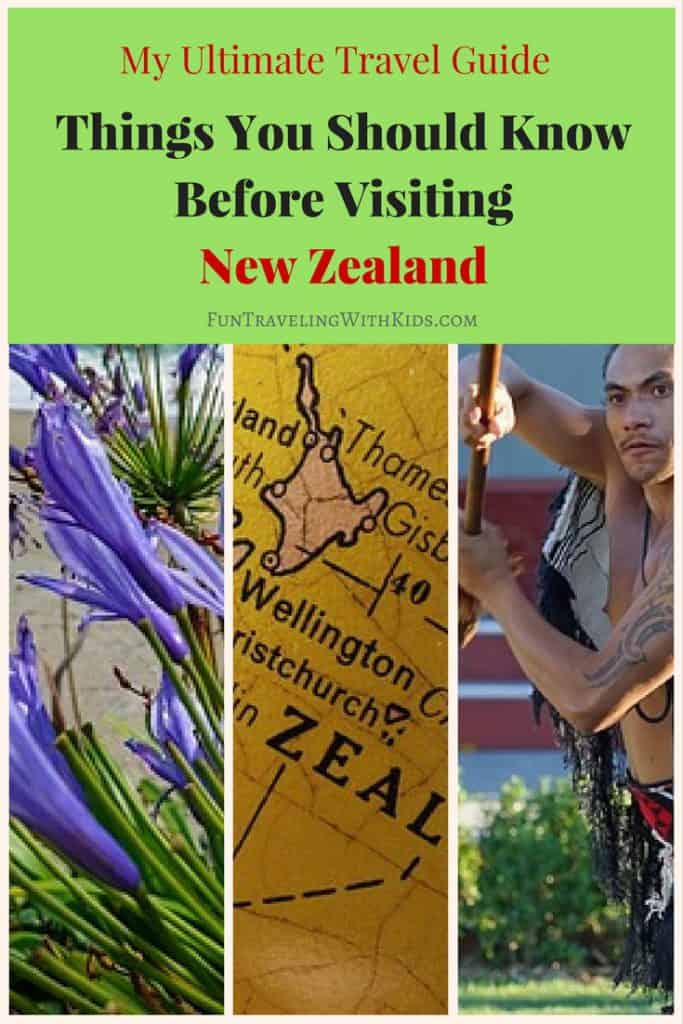Welcome to my detailed list of things you should know before visiting New Zealand with kids.
I have been living in New Zealand for nearly 14 years now, and when I came first to the ‘land of to the land of the long white cloud – Aotearoa’ (Maori for New Zealand), things have changed a little bit since then.
So my Canadian friend Amanda, who has been living with her family in NZ for three years, and I have been sitting together to brainstorm the most important things you should know before visiting this beautiful, amazing, stunning country.

New Zealand is a safe country to travel in, but you should still apply some safety precautions like not leaving any valuables in the car or hotel room. Or don’t carry a lot of cash with you. It is all about using your common sense.
Kiwi’s (that’s how New Zealanders call themselves) are hospitable, friendly and quite laid back people. They will usually ask you where you are from, how long you are staying and what you like most about their country.
So, what are the things you should know before visiting New Zealand?
Page Contents
General Information About New Zealand
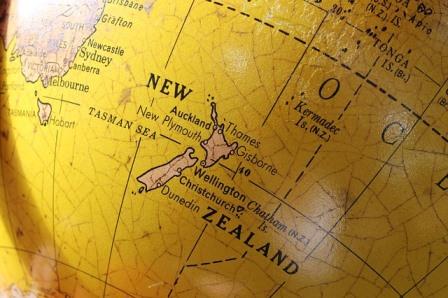
New Zealand consists of two Islands, the North- and the South Island. The majority of the over 4.7 million people are living in the North Island.
Auckland, the city of sails, has the largest population of over 1.4 million, followed by Christchurch (South Island) with nearly 370 000 people and Wellington (New Zealand’s capital) with 203 000 people.
The currency is the New Zealand dollar. One US Dollar will give you around 1.44 NZ$ (as of October 2017).
The climate is in general milder on the North Island with hot summers and many rainy days during winter. The South Island enjoys hot and dry summers and cold winters with lots of snow.
New Zealand is becoming more and more a cultural melting pot with people immigrating from India, China, and the South Pacific Islands like Tonga and Samoa.
Before You Travel To New Zealand
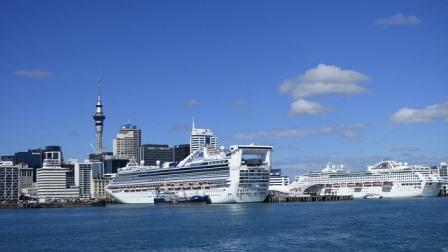
Visa
Most visitors can stay without a visa for up to three months. New Zealand has a visa waiver policy for specific countries including the United States, most European countries, Canada, Singapore, Malaysia, and Hongkong.
Citizens of the United Kingdom can stay without a visa for up to six months.
On arrival, you’ll need to show a return flight ticket or show evidence where you intend to go next.
Please make sure you also have travel insurance for any health or other travel-related issues. Be sure to read my post How To Buy The Best Family Travel Insurance.
Book Your Accommodation In Advance
New Zealand offers so many options on where you can stay, from Hostels, Holiday homes, Holiday Parks to Motels and Hotels.
Even if you have booked a campervan or motorhome, you should book your accommodation in advance. Holiday Parks (fully equipped campgrounds with kitchen facilities, cabins, and playgrounds) are hugely popular.
Travelocity offers some of the best package deals for flights and accommodation plus car rentals. Click on the banner to find the best deals.
Throughout the country, you’ll also find spots where you can stay for at least one night for free or for a small fee of around $10. These free campsites are very basic with no facilities other than maybe a toilet. To find these spots call into the Information center (iSite) in the area, you are in and get a leaflet.
Arriving In New Zealand
By Airplane
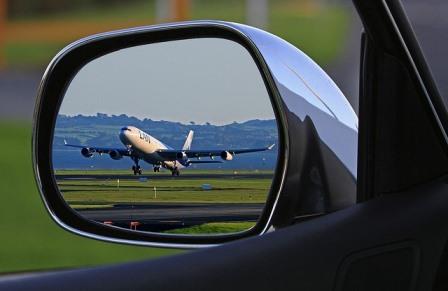
Most people are arriving in New Zealand by airplane either in Auckland (North Island) or in Christchurch (South Island). Some tourists may come via a cruise ship.
Either way, NZ has strict biosecurity procedures in place to prevent any diseases from entering the country.
More posts on New Zealand: Best Things To Do In Auckland (NZ) With Kids
Things To Do In Rotorua With Kids
You need to make sure that your (hiking) shoes are clean, no open food packets are allowed or any fruit. On arrival, you need to fill out a Passenger arrival card. If you are not too sure what you need to declare just ask or write it down anyway.
For instance, you are only allowed to bring one packet of cigarettes into the country. If it is more than approved, it will land in the rubbish bin. 🙁
Best Time To Travel To New Zealand
Because we are in the Southern Hemisphere, the seasons are different to the Northern Hemisphere. Spring is from September to November; Summer starts in December to February; Autumn is from March to May; Winter is from June to August.
Overall, I don’t recommend to come to New Zealand in January because it is the time of the long school holidays which start Mid December and finish at the end of January. The Holiday parks are crowded, it is harder to get accommodation, and everything is so much more expensive.
North Island
In my opinion, the best time to visit the North Island is from February to the End of November. July and August are great months for skiing in the Tongariro National Park.
The weather in early springtime (September, October) can be quite temperamental with lots of rain, cold spells and hot days. February (Summer) is usually the hottest and dryest month of the year.
South Island
I have traveled the South Island in Fall (March, April) and it was fantastic. Beautiful sunny days but also some cold nights. Winter (June, July, August) is excellent for skiing around Mount Cook.
If you don’t want to go skiing, I’d recommend avoiding Wintertime. It is just too cold, and the houses here are usually not insulated or don’t have central heating.
What To Pack
Be prepared for all kind of weather, even in Spring and Summer. Depending on the season, here is my packing list:
- Sunhat and Beanie
- Gloves, Scarves
- comfortable walking shoes, sandals and shoes for tramping or hiking
- sleeping bag, travel pillow, a microfiber towel
- a good raincoat or rain jacket
- shorts and thin, longsleeved tops (great for Summer to cover your arms, the sun is powerful)
- polysporin – not available here
- a weatherproof daypack
- a good camera
- good sunglasses
- a travel adapter
- a mosquito repellent (you will encounter lots of sandflies)
New Zealander’s are modestly dressed except in the big cities like Auckland, Wellington or Christchurch. No need to dress fancy unless you want to go out for dinner.
The sun here is very harsh, so a very popular motto is the Slip, Slop, Slap, Seek, and Slide campaign. Slip on a (longsleeved) shirt; Slap – put on sunscreen, at least SPF of 30 plus; Slop means to put on a sun hat; Seek shelter or a shady place; Slide on your sunglasses to protect your eyes.
How To Get Around
If you don’t like driving, you can get bus passes with the Intercity or Naked Bus. Hitchhiking is another favorite way to get around especially for backpackers.
Related post: 10 Tips For Family Road Trips In New Zealand
Most visitors hire a car, motorhome or campervan. Driving in your vehicle is the best way to explore the country. You can stop wherever you want and take some detours away from the famous tourist tracks.
Here is a tip: download the free app ‘Campermate’ for locations, travel tips, accommodation, shops etc. nearby. It will make your road trip a lot easier.
Things You Should Know About Driving In New Zealand
- Always drive on the LEFT side of the road.
- Roads can be narrow, windy or have loose gravel.
- Even though distances between places may look close, most people underestimate how long it takes to get there.
- Keep to the speed limits.
- You pay for gas by liter not by the gallon; one liter of gas costs around NZ$1.80.
- Every passenger must wear a seatbelt.
- If in doubt about road conditions, drive slower than the speed limit. If possible pull over and let faster cars pass.
Here is something I have observed with many overseas travelers. Because New Zealand looks small on the map, visitors think that they can visit both Islands in two or three weeks. Unless you love traveling thousands of kilometers in a matter of a few days and tick off attractions on your list, think again.
New Zealand needs to be explored at a slow speed if you want to enjoy your vacation. Take your time to take in the sights, nature and unique atmosphere New Zealand has to offer. Less is more!
Because Aotearoa is so far away from other countries, at least a 10 hours flight and it is tempting to fit in as much as possible in a short time. But to visit the North and South Island, you’ll need to stay for at least four weeks.
Extra Tip: Fly in to Auckland and book your return flight from Christchurch or vice versa. That way, you save a lot of traveling time and see the best of both Islands.
Culture
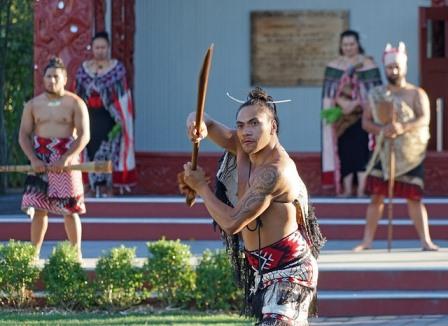
I still remember, when I got ready for my ‘around the world trip’ many years ago, I read a travel guide about New Zealand and their indigenous people, the Maoris.
It talked about how they are tattooed especially their faces by men and women alike. I was intrigued, to say the least, and hen I arrived here I was so eager to meet these Maori people and learn more about their culture.
Little did I know back then that I would be married to a Maori who is a traditional wood carver. 🙂
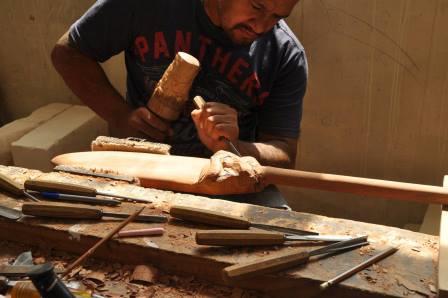
The best place to learn more about Maoris and the different tribes is in the North Island. A must-visit is the Te Papa Museum in Wellington and the Auckland War Memorial Museum.
Rotorua is a must-stop to learn more about Maori culture as well. Be sure to read my post Things To Do In Rotorua for more information.
Maori culture is stronger than ever in New Zealand. Te Reo Maori (the Maori language) is taught at school more and more, Kapa haka (traditional dances) are performed locally and nationally. The art of weaving (harakeke), wood carving (whakairo) and ta moko (tattoos) is captivating. Each pattern has a meaning and tells stories about Maori legends and traditions.
And who hasn’t heard of the famous Haka, a war dance performed by men to intimidate intruders back in the days? The New Zealand rugby team “All Blacks” made the haka renowned worldwide.
Nowadays, the haka is performed at funerals, weddings, and to acknowledge guests. I always get a goosebump when I see a haka performance; it is so compelling to watch.
Here is a video of a haka, performed at a wedding ceremony.
Here are some helpful Maori phrases
Kia Ora – ‘Hello’ but can also mean ‘Thank You’
Morena, Ata Mārie – Good morning
My name is – Ko … taku ingoa
Ka kite – See you
Marae – traditional meeting house
waka – Kanu, also meaning car
Costs Of Traveling In New Zealand
Traveling in New Zealand is not cheap, starting with prices for accommodation, fuel, shopping and eating out.
Accommodation
You can stay for free at specific campgrounds (freedom camping), otherwise, prices range fromNZ$25 up to NZ$200/night.
Fuel
Gas?Petrol costs around NZ$1.80/ a liter. Diesel is priced at around NZ$1/liter.
Everyday items (all price in NZ$)
2l milk – $4, bread – $1, 500gr butter – $6, apples – $4/kg, ground beef – $16/kg, a bottle of wine – $8, beer (12bottles) – $24, 2l tub ice cream -$5, diapers – $8/pack
Tip: buy fruit and vegetables that are in season to save money.
By the way, if you are a smoker, I’ve got news for you. Cigarettes and tobacco are really expensive; a packet of cigarettes costs around $25
Do you love your daily coffee fix?
You can get great coffee everywhere in NZ. A Flat White, Cappucino, or Latte costs between $3.50 and $5.
Eating Out
The main meal (at dinner time) is between $18 and $35; an entree costs around $8 – $15, and dessert around $10. No tipping required! Complimentary water is included, in cafes and restaurants. A glass of wine costs between $5 and $10; a beer around $5.
Take Out
There are lot’s of options if you don’t feel like cooking from Fish’n Chips, Pizza Hut and Domino’s, or lots of Chinese or Indian takeaways.
You can get a cheap pizza for $5 at Pizza Hut or Domino’s every day.
Places To Buy …
- Groceries: New World, Pak’n Save, Countdown
- Bunnings/Mitre 10: similar to Home Depot
- Briscoes: Houseware
- The Warehouse: similar to Walmart without the groceries
- Pharmacy = Drugstore
Some Kiwi Phrases/Slang
It will take a bit of time to get used to the Kiwi accent. Plus some words and phrases are quite different to the American and British English. My list is by no means complete but will you some good ideas. 🙂
- Kiwis – that’s what New Zealanders call themselves; also our Native bird; if we talk about the fruit we say Kiwifruit
- Pakeha – Maori word referring to NZ Europeans or non- Maoris
- Eh/Aye – The trip yesterday was great, aye? It is an addition to the end of a rhetorical question
- No worries – not a problem
- Yeah/Nah – not quite sure about something
- Jandals – Flip flops
- Jersey/Jumper – Fleece/ Sweater
- Ta – short for Thank you
- Bach (pronounced Batch) – Holiday home
- heaps – lots, e.g., There are heaps of people.
- True!? – really?
- Dairy – corner store
- Chippies – packaged potato chips
- Hot chips – French fires
- Tomato sauce – ketchup
- Nappies – Diaper
- Pharmacy – Drugstore
- Rubber – no, not what you think – it’s an Eraser
- Bin – garbage bin
- Bring a plate – potluck dinner, so bring a dish and not just an (empty) plate 🙂
- Togs – swimwear
- Maccas – McDonalds
Traveling With Kids In New Zealand
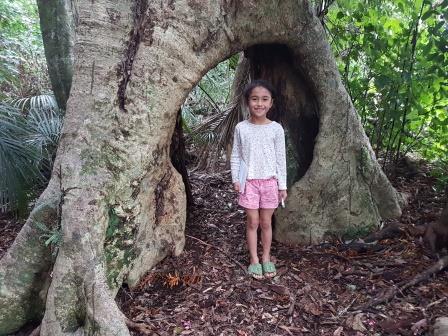
New Zealand is a fantastic country for a family vacation with plenty of child-friendly activities to do. New Zealand is all about exploring the outdoors with (mostly) safe beaches, lakes, rivers, and native bush.
There are lots of short bushwalks to explore the flora and fauna which are also suitable for younger kids.
If you want to go for long walks or tramping, be sure to read my post to find the best carriers for babies and toddlers.
Many towns have playgrounds with coin operated BB Q’s so you can always stop for a picknick or lunch.
Go fishing or dig for shellfish like cockles (similar to clams), pipis or tuatua. It’s a fun family activity and teaches children about nature and how to collect food.
You can go glow worm watching at night, soak in natural hot pools, dig your own hot water pool spot in the Coromandel or get closer to farm animals.
For more ideas please read my post Things To Do In Rotorua With Kids.
Some Fun And Quirky Facts About New Zealand
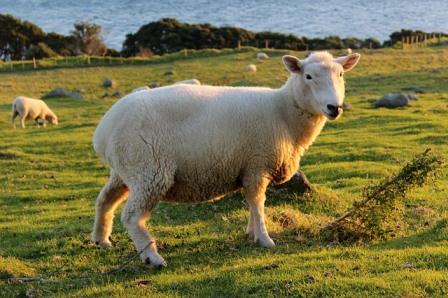
Did you know, that…
- the Pavlova, a dessert, was invented to honor the Ballerina Anna Pavlova who toured New Zealand and Australia in 1926. It is a meringue-like cake, generously topped with whipped cream and sliced kiwifruit.
- L&P is the national soft drink. L stands for Lemon and P for Paeroa ( a town in the North Island).
- NZ has 30 million sheep (!); that is a ratio of 7 sheep to 1 New Zealander.
- You have to remove dirty, muddy footwear before you enter a supermarket. It’s not unusual to see locals with socks or bare feet doing their shopping.
- Hokey Pokey is NZ’s iconic ice cream flavor; it’s vanilla ice cream with small lumps of honeycomb toffee.
- NZ has no nuclear power plant.
- The Sky Tower in Auckland with a height of 328 meters (1.076 f) is the tallest freestanding structure in the Southern Hemisphere.
- NZ has three official languages: English, Te Reo Maori, and Sign Language.
- The first person to climb Mount Everest was from NZ: Sir Edmund Hillary.
Summary
I hope my list of things you should know before visiting New Zealand has inspired you to visit this beautiful country with the laidback charm and stunning scenery.
Let me know, if you would like to add some facts or if I have missed something. A big “thank you” to Amanda for helping me to put this list together.
Liked this post? Please share it with your friends and family.
This post contains affiliate links. For more information click here.

